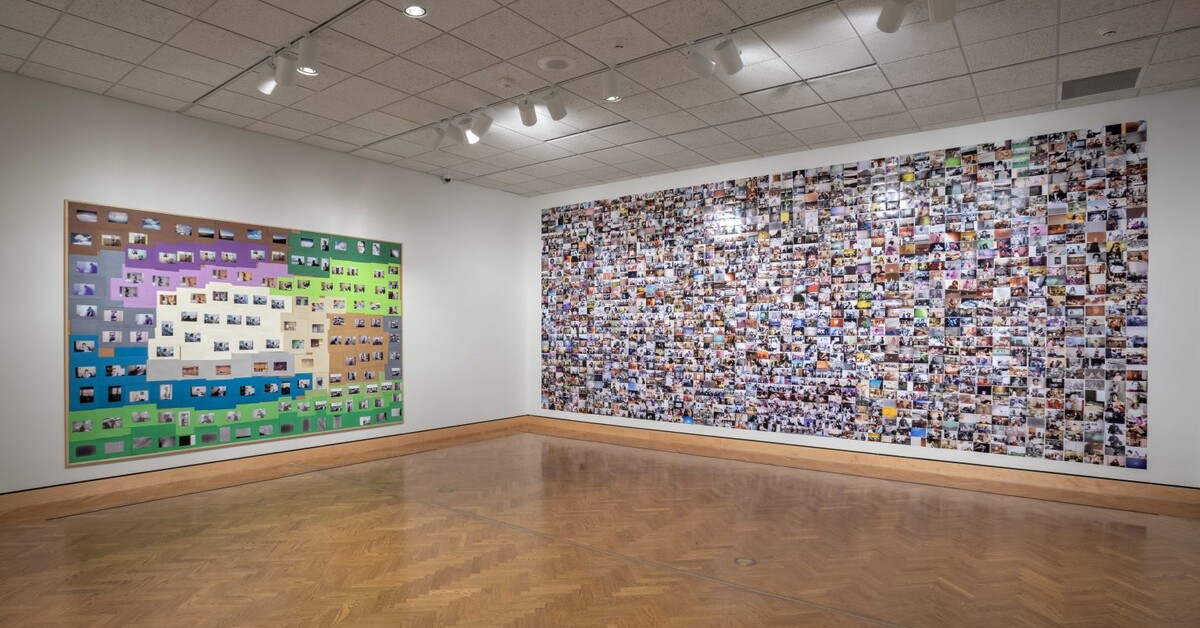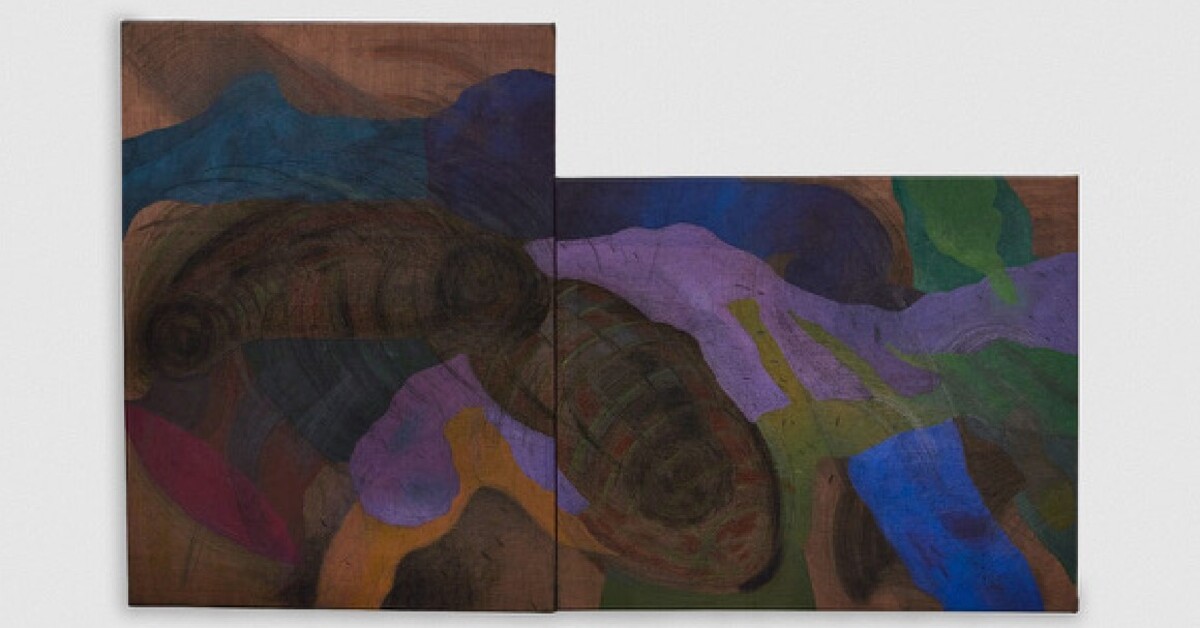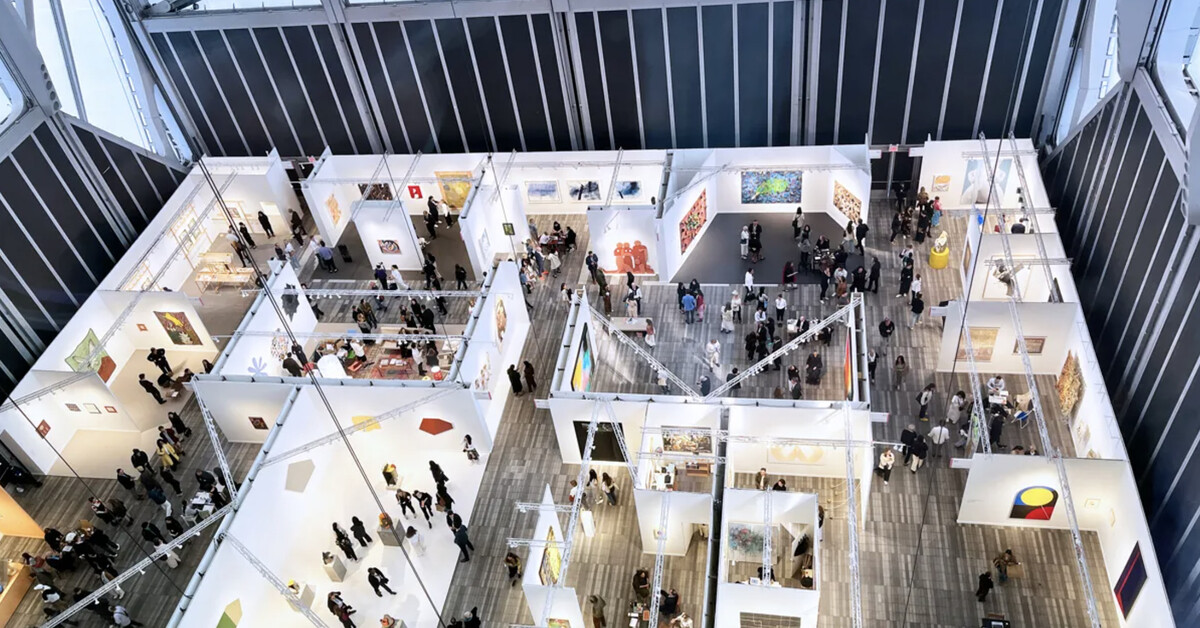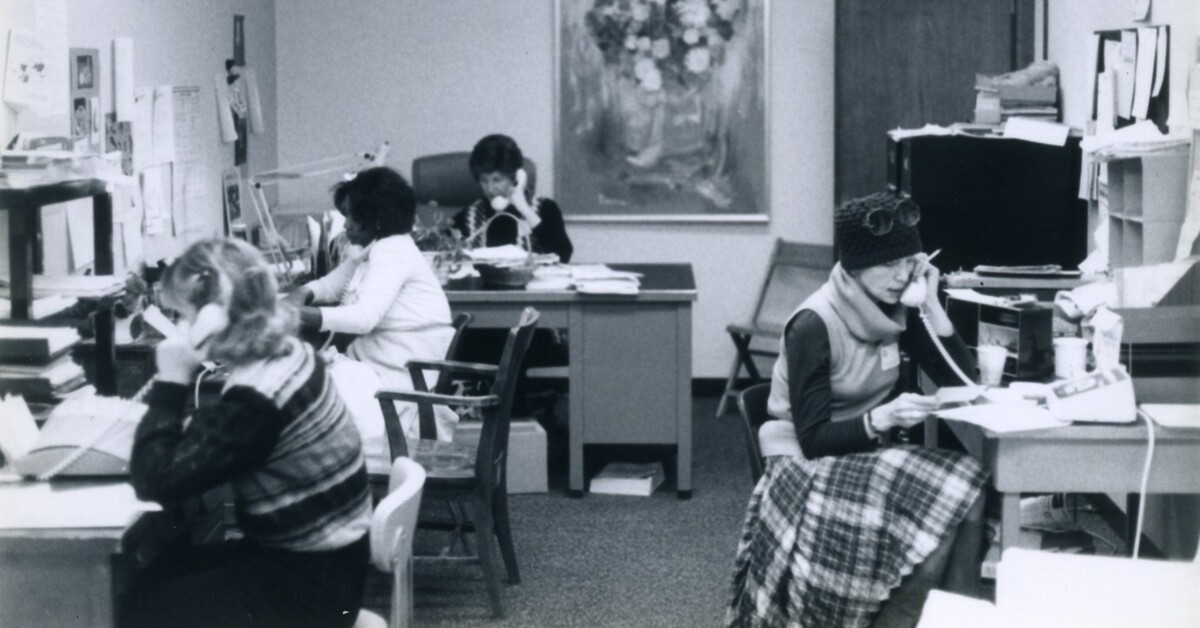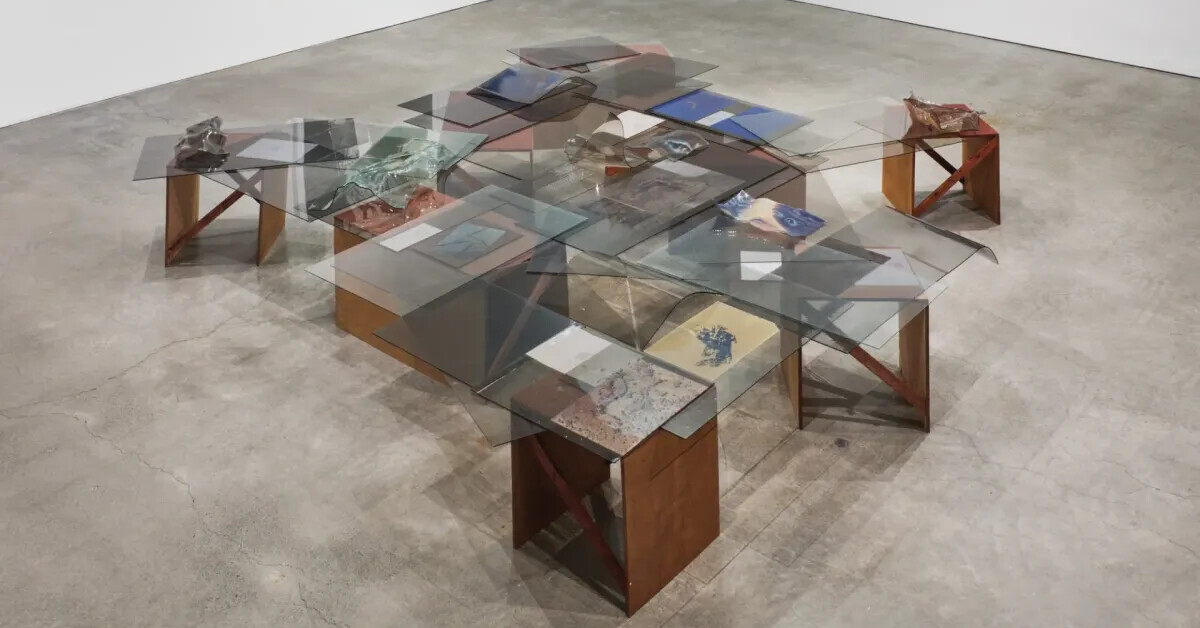Frieze New York 2024 Review: An Expanding Universe
Wall Street Journal / May 2, 2024 / by Brian P. Kelly / Go to Original
This major global fair includes plenty of galleries from traditional creative hubs like London and Paris, but much of the best work on display this year comes from locales less associated with contemporary art.
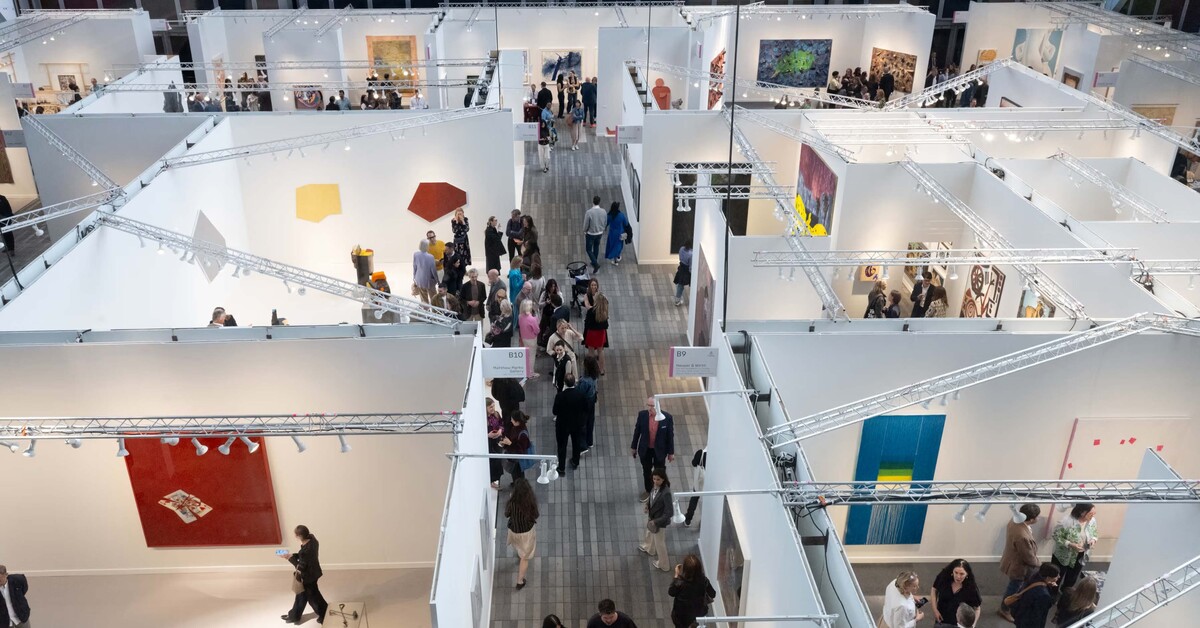
Frieze New York marks the start of this city’s spring art season, a marquee fair at the Shed that attracts not just the top tier galleries from this creative mecca but draws exhibitors from around the globe. And while the titanic metropolises of the art world—New York, London, Paris—are omnipresent here, much of the best work on view from the 60-plus participating galleries comes from locales that are less associated with cutting-edge art.
South Korea has recently leapt into the contemporary spotlight—Frieze launched a fair in Seoul in 2022, longer running events like Art Busan and Kiaf have garnered increasing international attention, and exciting galleries likeVarious Small Fires, White Cube and Peres Projects have opened spaces there.The expanding western interest in Korean art offers rewards here in displays from Gallery Hyundai and Kukje Gallery.
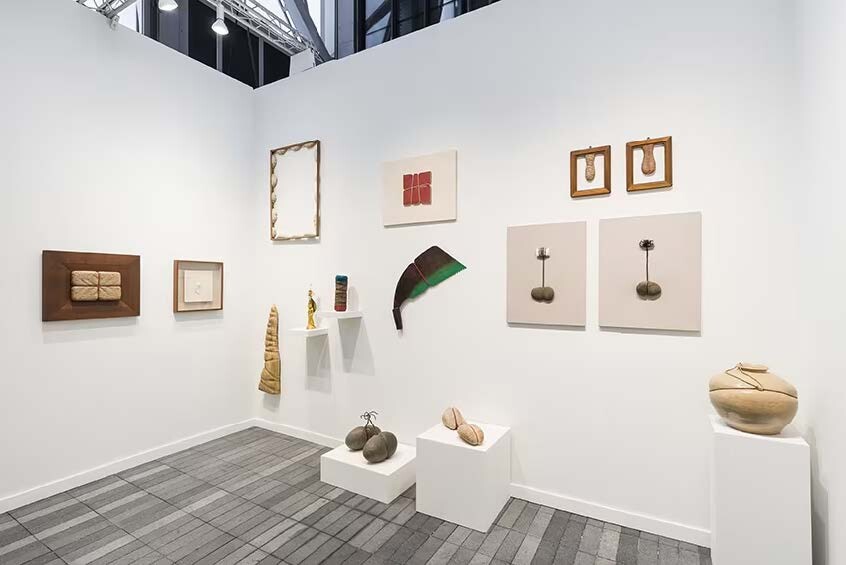
At Hyundai, a solo presentation of Seung-Taek Lee’s work examines his practice across several decades, revealing the simple yet transformative nature of his sculptures—or “non-sculptures” as he refers to them. Focused mainly on tying, an approach he’s deployed since the 1960s, humble and traditional materials—stones, saw blades, a moon jar (a classic Korean form)—appear to be tightly cinched in string, their forms bulging against their bindings and shifting our notion of the materials’ strength. Mr. Lee has said elsewhere that he aims to transform an object “from a shape (hyeongtae) to a condition (sangtae)” and these whimsical works do just that.

Kukje also stages a solo presentation, with a booth of paper collages by multimedia artist Haegue Yang. In her “Mesmerizing Mesh” series, Ms. Yang explores the connection between the spiritual and the physical in her shamanistic pieces. Delicately folding and cutting hanji, paper made from mulberry, her geometric, mandala-like creations read like psychedelic fractals, futuristic architectural elevations, or working diagrams for a time-travel device.It’s thrilling to get lost in their tessellated patterns, the countless layers drawing us in over and over again when we try to pull away.
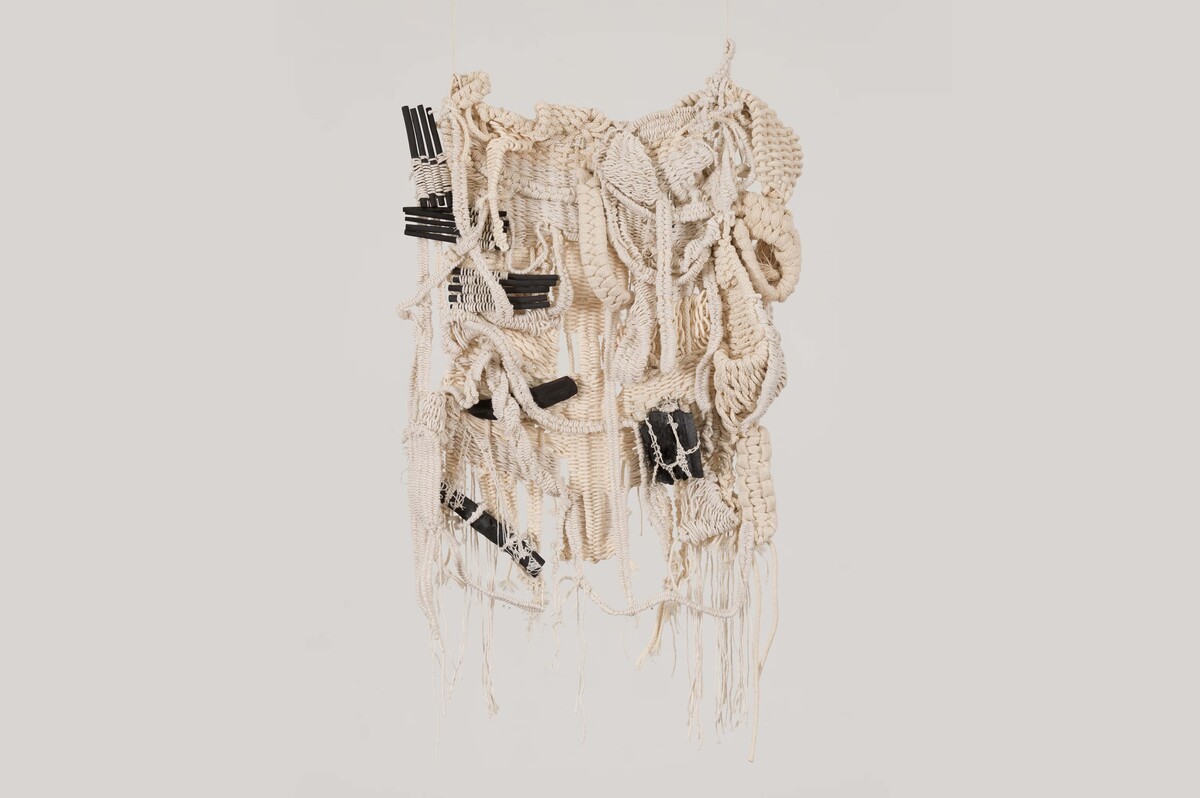
Brazil, while not at the level of South Korea, has also been building a reputation for its contemporary-arts scene thanks in part to São Paulo’s long-running Bienal and SP-Arte, South America’s largest art and design fair. A Gentil Carioca, which has locations in that city and Rio de Janeiro, is exhibiting textile works from Brazilian artists Laura Lima and Vivian Caccuri and Angolan artist Ana Silva. Ms. Lima’s chunky weavings tap into ecology and climate change, using naturals dyes and investigating the impact time has on materials, as in a raw cotton work interlaced with charcoal, which will stain the material over the years; only then will it be complete and the piece is pre-emptively dated to 2068. Ms. Caccuri’s carefully waxed, colored and cut mosquito nets are pleasing abstractions that look like lab slides or sound readings, and are so dainty that they threaten to fall apart if scrutinized too closely. And Ms. Silva’s sewn and embroidered portraits on crinoline and plastic bags are both a critique of fast fashion and its disposability as well as a proud perspective on Angolan ingenuity when it comes to overcoming scarcity.

Also from South America, Bogotá- based Instituto de Visión’s group booth highlights its programming, which focuses largely on female and indigenous artists from the region. The colorful, somewhat naive drawings of Abel Rodriguez capture the beauty of the Amazon rainforest and Nonuya life. Brought up in that culture and trained in botany, he was eventually forced to flee due to threats of violence, but the lush vegetation and tantalizing fruits in his work speak to his love of both plants and his ancestral home. Claudia Fontes also taps into nature with her sculptures that blend the human and the ecological. Porcelain heads and hands sprout out of a long, split stick in one; in another a woman’s hair runs to her feet and seems to turn into lush seaweed or thick leaves.

From North America, Chicago—a perennially underrated arts city—is represented by Patron, showing works by Charisse Pearlina Weston who transforms glass into freestanding sculptures and wall-based pieces, some wicked and threatening (dark, cracked, cantilevered and layered, looking like an ER visit waiting to happen), others elegant yet precarious (gracefully slumped, carefully balanced and nearly transparent). Out of Toronto, Cooper Cole’s presentation of Maureen Gruben digs into indigenous history with a personal touch. The Inuvialuit artist honors her father, a successful trapper in the region, through a series of etchings that blend oil-surveying maps with iconography based on her father’s hunting. Paired with a trio of resin casts of his fox stretcher, there’s an eerie, elegiac quality to the presentation that’s simultaneously straightforward and mysterious.
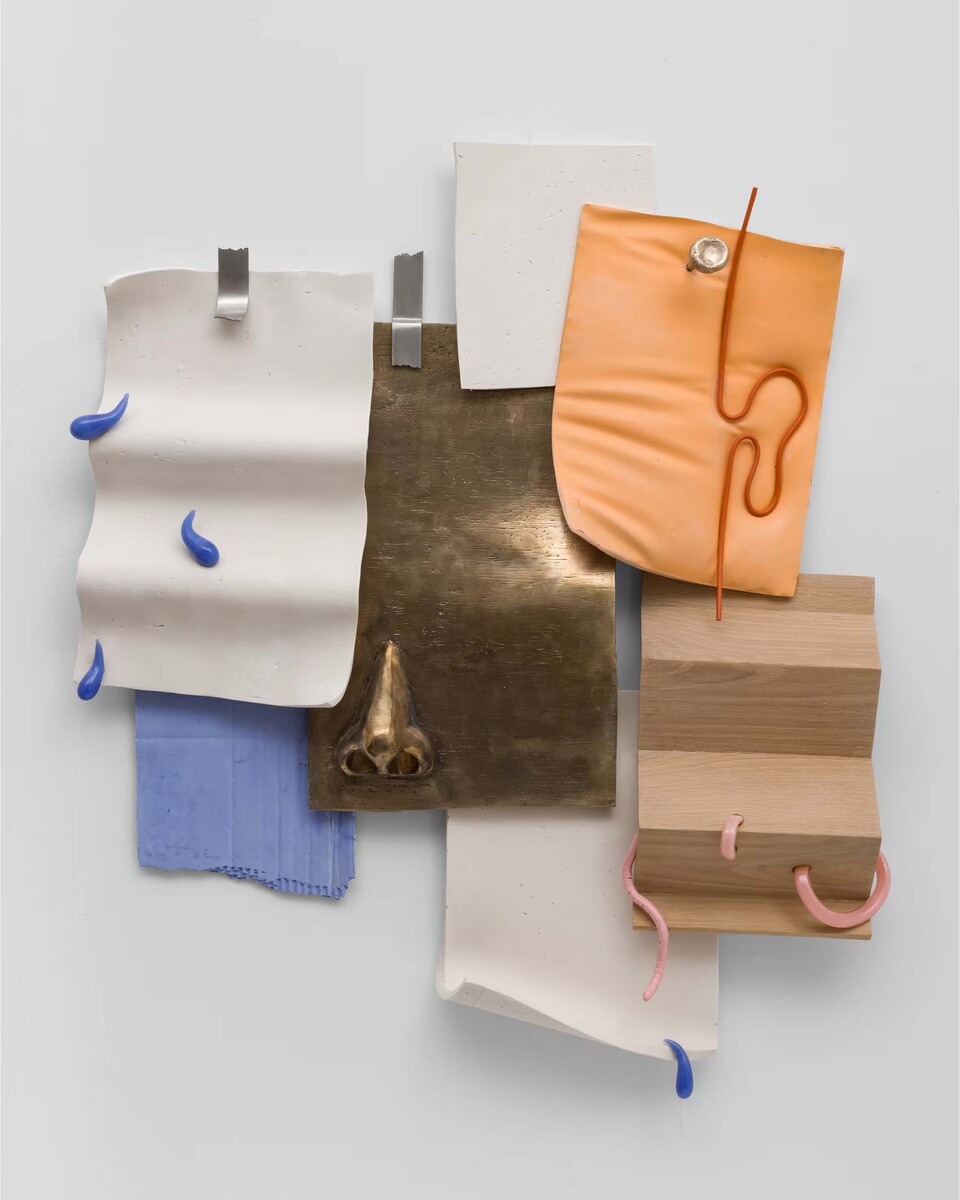
That’s not to say that more traditional art centers have nothing to offer at this edition of Frieze. Tao Siqi’s erotically charged paintings make for an almost too- hot-to-handle presentation at Capsule Shanghai. Holly Hendry’s multimedia sculptures inject humor into explorations of the human body and its relation to office work at London’s Stephen Friedman Gallery (which also has a space in New York). And the wood, clay and metal creations by Arlene Shechet (who opens a major show at the Storm King Art Center this week) are bursting with joy, revealing that geometric abstraction is alive and well in 2024; they are shown by Pace, which has galleries in New York, London and Hong Kong among other locations—including Seoul. While there are several cities that seem destined to remain centers of the artistic universe, Frieze shows that that universe is very much expanding.

Frieze New York marks the start of this city’s spring art season, a marquee fair at the Shed that attracts not just the top tier galleries from this creative mecca but draws exhibitors from around the globe. And while the titanic metropolises of the art world—New York, London, Paris—are omnipresent here, much of the best work on view from the 60-plus participating galleries comes from locales that are less associated with cutting-edge art.
South Korea has recently leapt into the contemporary spotlight—Frieze launched a fair in Seoul in 2022, longer running events like Art Busan and Kiaf have garnered increasing international attention, and exciting galleries likeVarious Small Fires, White Cube and Peres Projects have opened spaces there.The expanding western interest in Korean art offers rewards here in displays from Gallery Hyundai and Kukje Gallery.

At Hyundai, a solo presentation of Seung-Taek Lee’s work examines his practice across several decades, revealing the simple yet transformative nature of his sculptures—or “non-sculptures” as he refers to them. Focused mainly on tying, an approach he’s deployed since the 1960s, humble and traditional materials—stones, saw blades, a moon jar (a classic Korean form)—appear to be tightly cinched in string, their forms bulging against their bindings and shifting our notion of the materials’ strength. Mr. Lee has said elsewhere that he aims to transform an object “from a shape (hyeongtae) to a condition (sangtae)” and these whimsical works do just that.

Kukje also stages a solo presentation, with a booth of paper collages by multimedia artist Haegue Yang. In her “Mesmerizing Mesh” series, Ms. Yang explores the connection between the spiritual and the physical in her shamanistic pieces. Delicately folding and cutting hanji, paper made from mulberry, her geometric, mandala-like creations read like psychedelic fractals, futuristic architectural elevations, or working diagrams for a time-travel device.It’s thrilling to get lost in their tessellated patterns, the countless layers drawing us in over and over again when we try to pull away.

Brazil, while not at the level of South Korea, has also been building a reputation for its contemporary-arts scene thanks in part to São Paulo’s long-running Bienal and SP-Arte, South America’s largest art and design fair. A Gentil Carioca, which has locations in that city and Rio de Janeiro, is exhibiting textile works from Brazilian artists Laura Lima and Vivian Caccuri and Angolan artist Ana Silva. Ms. Lima’s chunky weavings tap into ecology and climate change, using naturals dyes and investigating the impact time has on materials, as in a raw cotton work interlaced with charcoal, which will stain the material over the years; only then will it be complete and the piece is pre-emptively dated to 2068. Ms. Caccuri’s carefully waxed, colored and cut mosquito nets are pleasing abstractions that look like lab slides or sound readings, and are so dainty that they threaten to fall apart if scrutinized too closely. And Ms. Silva’s sewn and embroidered portraits on crinoline and plastic bags are both a critique of fast fashion and its disposability as well as a proud perspective on Angolan ingenuity when it comes to overcoming scarcity.

Also from South America, Bogotá- based Instituto de Visión’s group booth highlights its programming, which focuses largely on female and indigenous artists from the region. The colorful, somewhat naive drawings of Abel Rodriguez capture the beauty of the Amazon rainforest and Nonuya life. Brought up in that culture and trained in botany, he was eventually forced to flee due to threats of violence, but the lush vegetation and tantalizing fruits in his work speak to his love of both plants and his ancestral home. Claudia Fontes also taps into nature with her sculptures that blend the human and the ecological. Porcelain heads and hands sprout out of a long, split stick in one; in another a woman’s hair runs to her feet and seems to turn into lush seaweed or thick leaves.

From North America, Chicago—a perennially underrated arts city—is represented by Patron, showing works by Charisse Pearlina Weston who transforms glass into freestanding sculptures and wall-based pieces, some wicked and threatening (dark, cracked, cantilevered and layered, looking like an ER visit waiting to happen), others elegant yet precarious (gracefully slumped, carefully balanced and nearly transparent). Out of Toronto, Cooper Cole’s presentation of Maureen Gruben digs into indigenous history with a personal touch. The Inuvialuit artist honors her father, a successful trapper in the region, through a series of etchings that blend oil-surveying maps with iconography based on her father’s hunting. Paired with a trio of resin casts of his fox stretcher, there’s an eerie, elegiac quality to the presentation that’s simultaneously straightforward and mysterious.

That’s not to say that more traditional art centers have nothing to offer at this edition of Frieze. Tao Siqi’s erotically charged paintings make for an almost too- hot-to-handle presentation at Capsule Shanghai. Holly Hendry’s multimedia sculptures inject humor into explorations of the human body and its relation to office work at London’s Stephen Friedman Gallery (which also has a space in New York). And the wood, clay and metal creations by Arlene Shechet (who opens a major show at the Storm King Art Center this week) are bursting with joy, revealing that geometric abstraction is alive and well in 2024; they are shown by Pace, which has galleries in New York, London and Hong Kong among other locations—including Seoul. While there are several cities that seem destined to remain centers of the artistic universe, Frieze shows that that universe is very much expanding.

